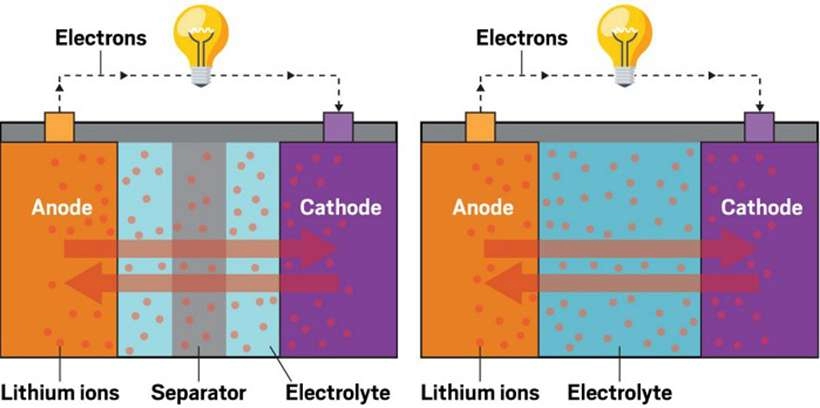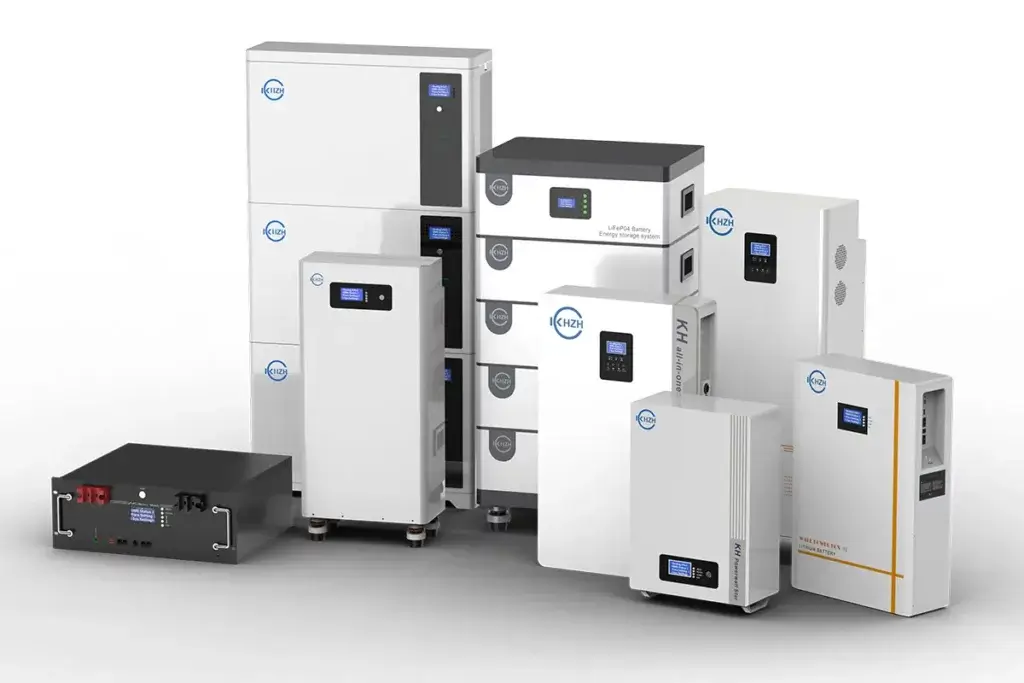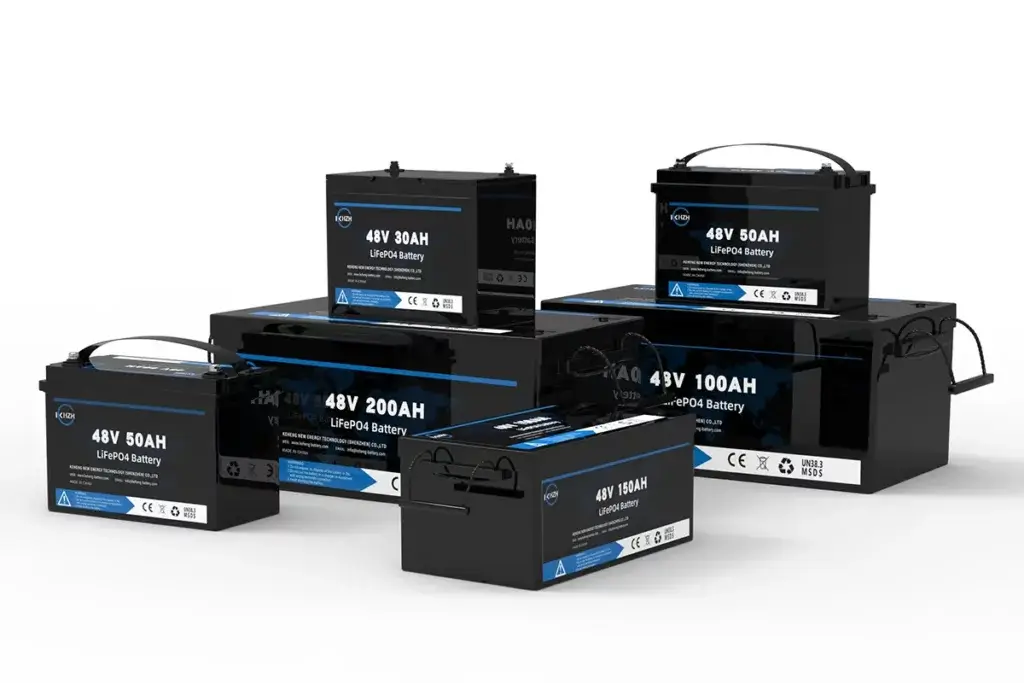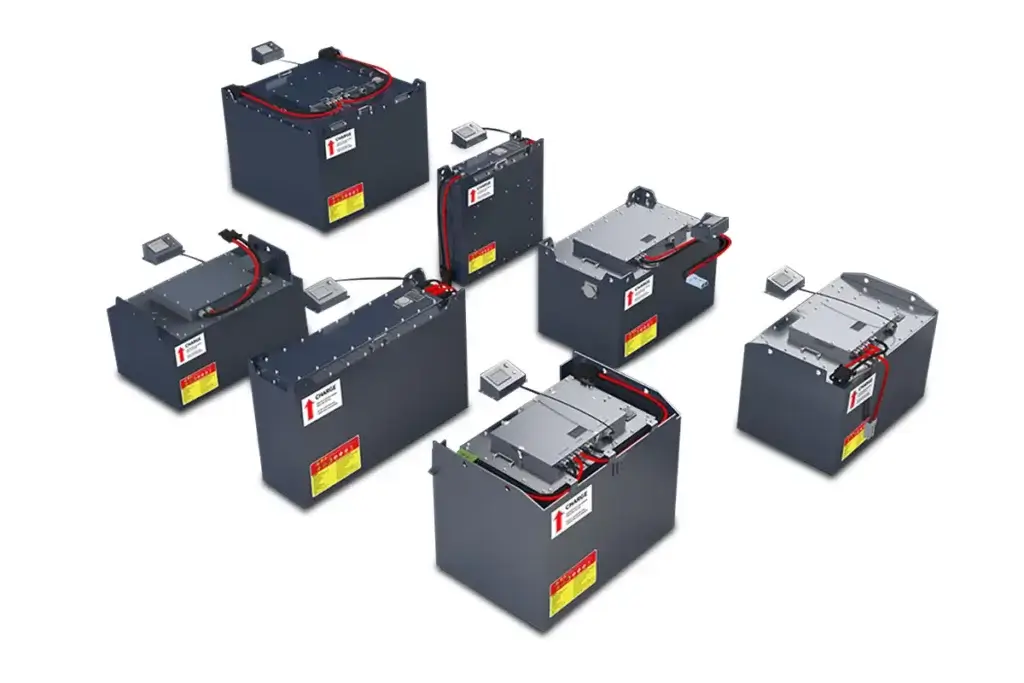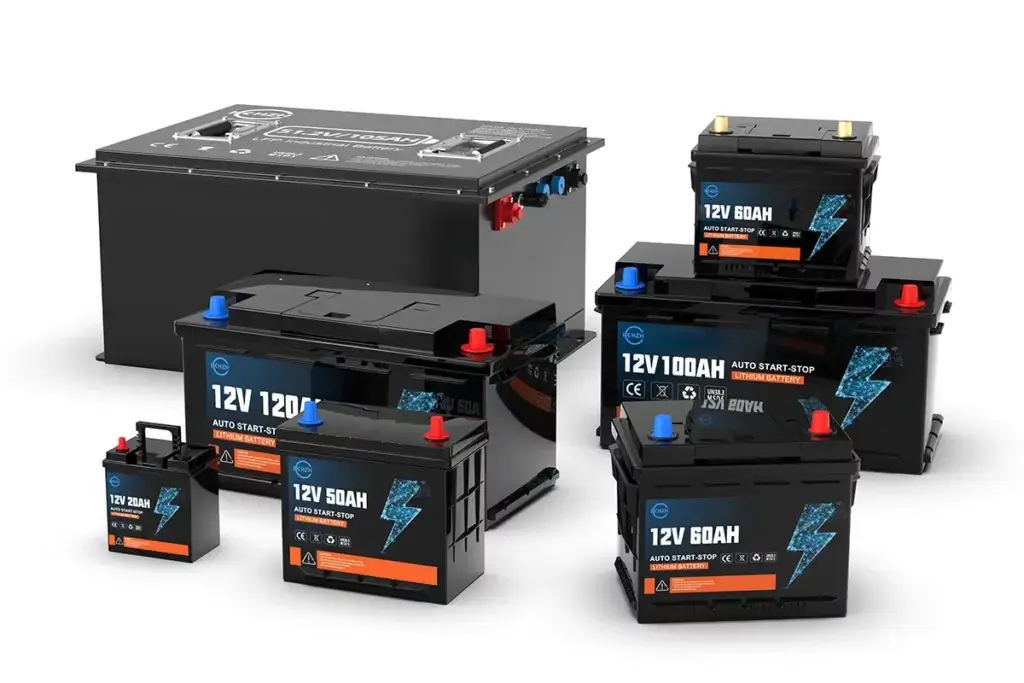Understanding Lithium-Ion Battery Capacity
In this guide, we will explore lithium-ion (Li-ion) battery capacity, how to calculate it, capacity fade, high-capacity batteries, and more. This guide will cover the following in detail…
Part 1: What is Battery Capacity?
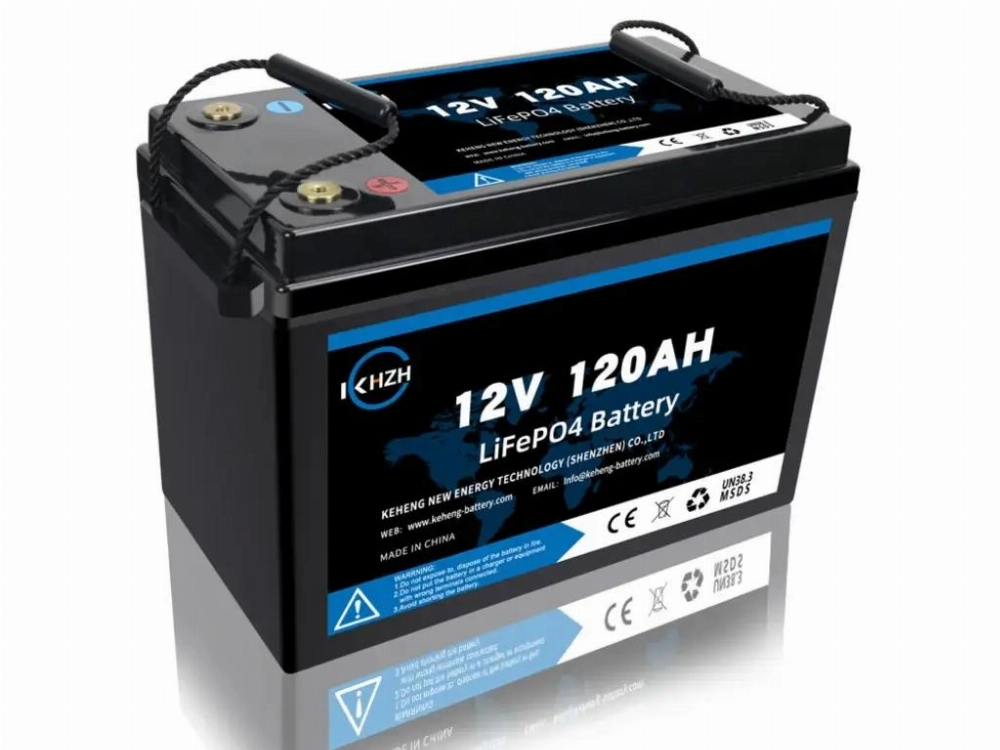
Battery capacity refers to the maximum amount of electrical energy that a lithium-ion battery can store and release under specific conditions. It’s typically measured in Ampere-hours (Ah) or milliampere-hours (mAh). The two primary factors that affect a lithium-ion battery’s capacity are its manufacturing technology and chemical composition.
What Affects Battery Capacity?
Several factors can affect a lithium-ion battery’s capacity, such as its size, state of charge, and depth of discharge. Additionally, the charge/discharge rate and environmental conditions, like temperature, can greatly influence the battery’s overall performance and lifespan. These factors can either extend or shorten the battery’s capacity.
Part 2: What is Battery Capacity Fade?
Battery capacity typically decreases over time. However, capacity reduction is more common due to internal resistance, chemical degradation, or physical damage. This phenomenon is known as “capacity fade.” The rate of capacity loss depends on the battery’s usage, maintenance, and the environmental conditions and usage patterns it experiences.
Part 3: How to Calculate Battery Capacity?
To calculate the technical capacity of a lithium-ion battery, you need to know the current and time values. These values are used in a simple formula to determine the capacity.
- Current, measured in Amperes (A) or milliamperes (mA), represents the rate of flow of electrical charge through the battery, and directly influences the battery’s capacity.
- Time, typically expressed in hours (h) or fractions of an hour, refers to the duration of the charging or discharging cycle, which is another key factor in determining capacity.
The formula for calculating battery capacity is as follows:
Capacity (Ah) = Current (A) x Time (h)
For more information on different types of batteries and their capacities, you can check out our detailed guide on LiFePO4 batteries.
Part 5: What is the Highest Capacity of a Lithium-Ion Battery?
As the demand for electricity grows, so does the capacity of batteries, especially in the energy storage sector. Currently, most energy storage batteries can have a capacity of up to 280Ah. While the highest capacity of lithium-ion batteries may vary by manufacturer, advancements in battery technology remain crucial for the energy storage industry.
With the increasing popularity of renewable energy sources like wind and solar power, energy storage batteries play a critical role in storing and delivering electricity when needed. This makes them an indispensable component of modern energy infrastructure. Continued investment in advanced battery technologies will ensure reliable, safe energy and contribute to a transition to a more sustainable future.
Part 6: Common Lithium-Ion Battery Capacities and Applications
Lithium-Ion Battery Capacities
| Capacity | Application |
|---|---|
| 14,000 mAh | Electric bicycles, scooters, drones, and other similar devices |
| 5,000 mAh | Flashlights, remote control devices, electric toy vehicles |
| 3,000 mAh | Cameras, power tools, photography lighting |
| 2,500 mAh | Flashlights, toys |
Each battery capacity listed above is suitable for specific functions and applications. Before purchasing a battery, it is essential to consider important factors such as voltage, capacity, and compatibility with your device.
Part 7: Can the Capacity of Lithium-Ion Batteries Be Increased?
Yes, the capacity of lithium-ion batteries can be increased through optimization of their design, chemical composition, and manufacturing processes. Here are four main ways to increase the capacity of lithium-ion batteries:
1. Increase Electrode Surface Area
Expanding the contact area between active ingredients and the electrolyte can improve the capacity of lithium batteries. The greater the number of electrochemical reactions, the more charge the battery can store and deliver.
2. Use Materials with Higher Energy Density
By using materials with higher energy density, such as silicon, sulfur, and lithium metal, the energy storage capacity of batteries can be significantly improved.
3. Improve Electrolyte Performance
The electrolyte is a medium that transports ions between the electrodes. By improving electrolyte performance, for example, by using additives, solid or gel electrolytes, or ionic liquids, the batteries’ conductivity, stability, and safety can be improved.
Part 8: Is a Larger Lithium-Ion Battery Capacity Better?
Whether a larger lithium-ion battery capacity is better depends on the specific application and requirements.
1. Capacity and Usage Time
Ideally, a larger battery capacity results in longer battery life, irrespective of the battery’s size and weight.
2. Capacity and Stability
While batteries with initially higher capacities may seem more advantageous, the use of more materials to increase capacity can compromise the stability of the electrodes.
3. Energy Density
With a fixed volume, the energy density and capacity of a lithium battery are proportional. Therefore, increasing energy density is crucial to increasing battery capacity. However, technical limitations, such as those related to cathode materials, make significant breakthroughs in capacity difficult without advancements in materials technology.
4. Other Factors
Battery life and performance are also affected by factors such as temperature, charging cycles, and overall design. When choosing a battery, it is essential to weigh the balance between capacity, efficiency, and stability.
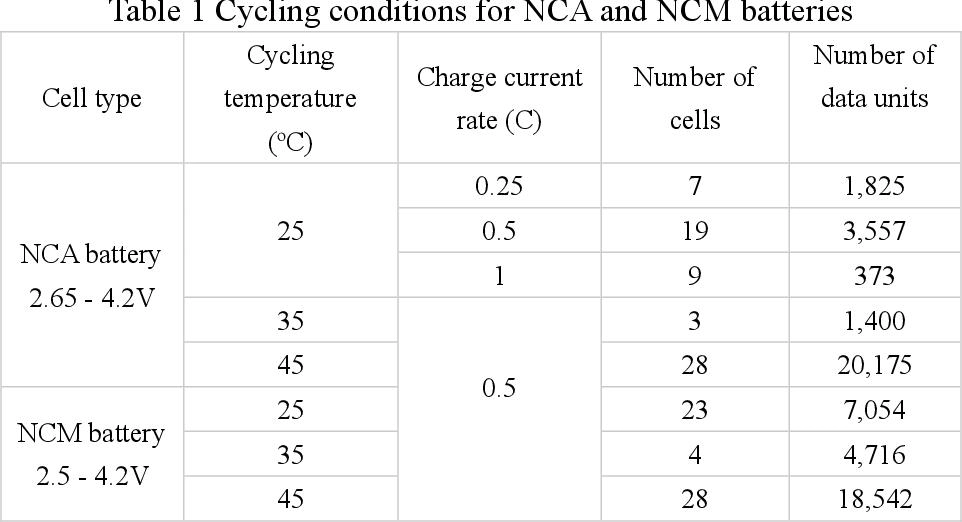
Part 9: Final Thoughts
In summary, lithium-ion battery capacity is not the only factor determining battery performance. Multiple factors need to be considered, including capacity, stability, energy density, discharge rate, battery type, fast charging protocols, and environmental impact. These elements collectively determine the overall performance of the battery. Therefore, it’s not accurate to simply say that a larger lithium-ion battery capacity is always better. Instead, the most suitable battery should be selected based on specific needs and applications.
More Articles
- Learn Deep Cycle Battery Charging
Confused about how to charge a deep cycle battery? Don’t worry! Our guide simplifies the process and provides you with the safest charging methods. - Battery Array vs. Single Battery: Which Is Right for Your Energy Needs?
Explore the differences between battery arrays and single batteries, understand their respective advantages, and determine which solution better meets your energy needs in terms of performance and cost. - What Is a Battery Array?
A battery array consists of multiple connected batteries to ensure a reliable power supply. - Growth Trends in the Flexible Thin Film and Printed Battery Market
The flexible thin film and printed battery market is developing rapidly. Understand the growth, innovation, challenges, and future trends in this field. - Battery Charge Cycles: Maximize Lifespan & Performance
Understand battery charge cycles, and master how to extend battery life and optimize battery performance through techniques and tools (such as battery charge calculators).


